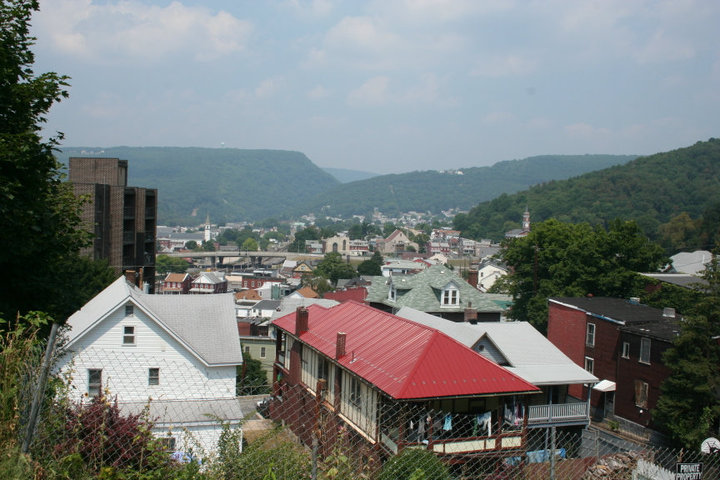Maryland Matters, an independent, non-partisan news site about Maryland government and politics, recently published an Op-Ed by Preservation Maryland Executive Director, Nicholas Redding.
PUBLISHED BY MARYLAND MATTERS
APRIL 24, 2020
As individuals across the globe grapple with the challenges of social distancing, the critical role places play in our economies, mental well-being, and communal activities is becoming far more apparent.
Preservationists, place-makers, urbanists, and others have long made the case for the “power of place.” They have written scores of books on the subject and have implored leaders and communities to invest in places which sustain us – whether they are parks, preserves, or historic buildings. Places where we gather, engage, worship, work, and play are important to every facet of our lives and to the prosperity of our nation.
Yet, for many of us, until recently, the value of place could be easily overlooked and taken for granted. It was “just” another historic neighborhood; just a pocket park; just a kid’s playground. As many people in the United States enter a sixth week of social distancing and enduring unprecedented stay-at-home orders, even the most casual observer can sense they are missing something.
Now going to places now has become an almost spiritual experience. Individuals are clamoring to get outside and breathe deeply. “The mountains are calling and I must go,” naturalist John Muir mused, and perhaps Americans understand that sentiment better than ever.

Western Maryland mountains. Photo by Meagan Baco.
We are communing with those places in a bid to sustain ourselves through desperate and trying times. So many are visiting that authorities have been forced to curtail access to prevent people from gathering dangerously close during a pandemic. Drawn by the Tidal Basin’s cherry blossoms, national parks’ timeless trails or humble playground swings, individuals across our region have been barred from visiting places large and small. Their visceral reaction to those closures is, itself, telling.
Fortunately, the digital world has provided opportunities for many of us to remain engaged or employed while socially distant. But who now would advocate that digital retailers replace all brick and mortar stores or that Zoom calls replace all in-person meetings? There is something absent in digital alternatives that leaves them falling short of real, human encounters – and we feel that lost connection as days in isolation slip by.
We remember the tremendous power that physical, authentic places hold in our lives. Places provide the setting to embrace our desire to connect and engage. We must remember that feeling as we rebuild.
For the moment, we are being given a taste of a world largely without access to place, what America would have felt like if highway boosters, urban renewalists, and foes of preservation had completely had their way; what the world might be like if previous campaigns of destruction had prevailed. Although we are living through a sort of George Bailey-esque vision of our own Potterville, fortunately, like George, we have a chance at returning to “It’s a Wonderful Life.”
Places matter.
Until we beat this virus, we must remain distant. But when we can return to our favorite coffee shop, museum or playground, we should remember the value of those places and must support the people, organizations, and leaders who sustain them. They will desperately need our help to recover, and we should not be shy in showing them our support.
Too often, discussions about preserving and investing in critical places is deemed non-essential or a nice thing to do in good times. But the COVID-19 pandemic has taught us that places are even more important in challenging times.
